5 IRRITATING HOUSEHOLD PESTS: HOW DO YOU FIGHT BACK?

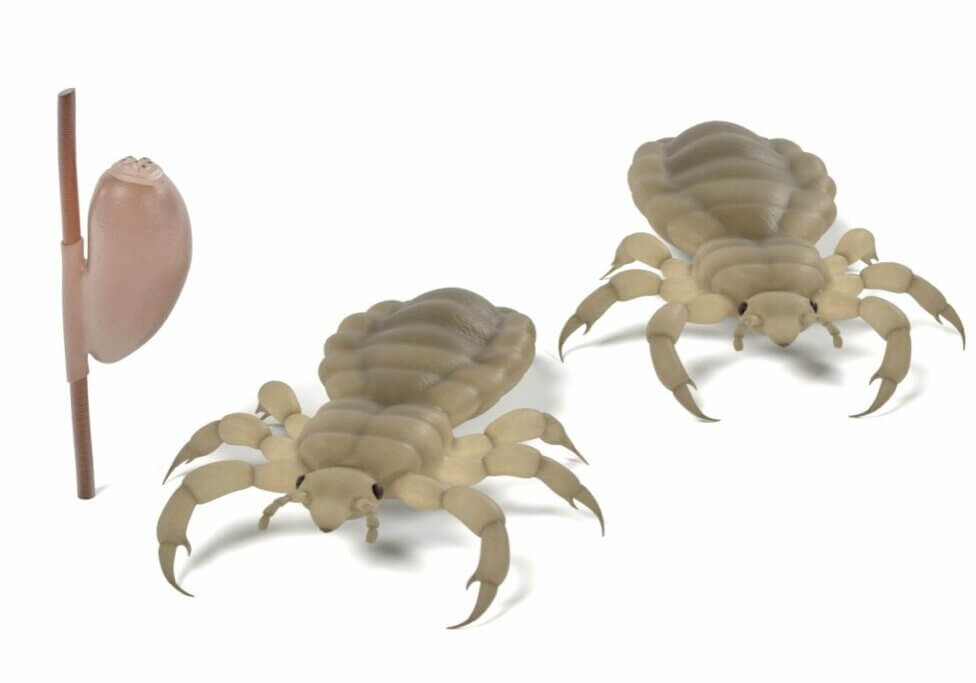
#1 Louse
Three types of lice feed on human blood, identified depending on where they live. The first type lives in people's nether regions, the second is the body lice, and the third is the lead louse. The commonest is the head louse, especially in young children.
For the head louse, you can get rid of the eggs using a fine-toothed comb and lice shampoo to eradicate the adult parasites. Many lice shampoos contain pyrethrins, the active insecticide in pyrethrum, which attack the nervous system of lice.
Alternatively, you can use olive oil. Apply it before going to bed under a shower cap. The oil blocks the breathing holes of the bugs and kills them after a few hours. You can use a comb in the morning to remove the dead lice. The book, Head Lice to Dead Lice, recommends applying olive oil on specific days of the week over a period of 21 days.
#2 Fleas
Pleas are bloodsuckers that are less than 1/8 of an inch in length. They are brought into our homes by pets such as dogs that move freely outside the home. Once established, they are difficult to eliminate. Some centuries ago, rat fleas were carriers of plagues that wiped out entire populations.
An excellent way to fight back is by keeping your home clean. Regular vacuum cleaning of pet bedding, carpets, sofa covers, and furniture will kill the eggs. Wash your clothes thoroughly and have a shower to clear the fleas from your body and clothes.
For your hair, use flea shampoo or lice shampoo. Alternatively, you can use salt mixed with and baking soda, leave for 10 minutes and comb to get rid of the dead fleas.
Treat your pets—dog, mouse, cat, bird—to prevent them from your home again. It is advisable not to let your pets roam outdoors.
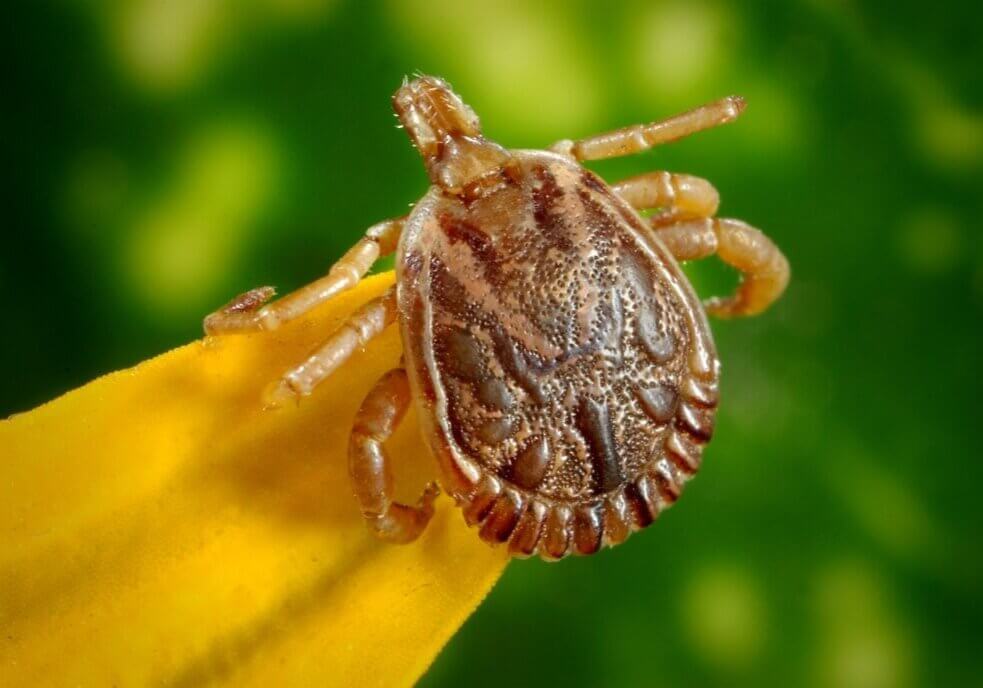
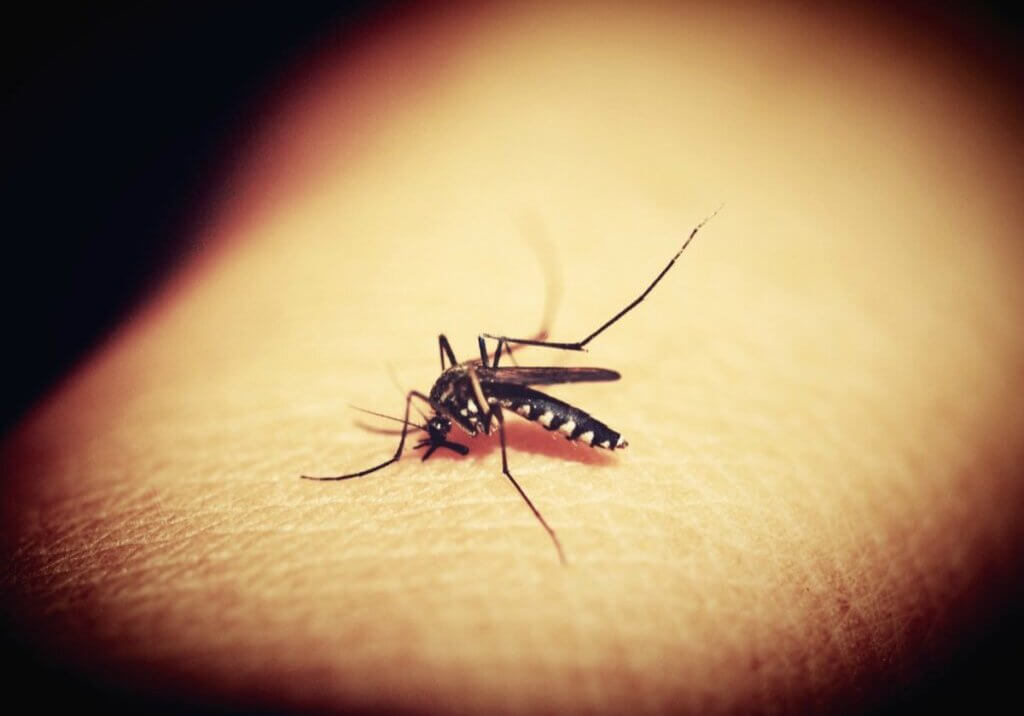
#3 Ticks
Ticks are blood-sucking arachnids, found in many areas. There are many species of ticks, some deadly to livestock, but others, such as the black-legged tick, carry human diseases. They can latch on to you when you pass through tall grass. Once they land on their host, they quickly find bare skin and use their barbed mouthparts to entrench themselves.
After they dig in, it is not easy to remove them. You remove a tick by grabbing it using forceps and pull gently but firmly. Make sure you hold the critter as close to the head or mouth as possible. Often part of the barbed mouth will remain in the skin, but fortunately the carry no bacteria. After removing the critter, keep it in a sealed container of alcohol, just in case you develop symptoms.
#4 Mosquitoes
For people living in the tropics and campers, a mosquito-bite a familiar experience. Mosquitoes are most active at dawn and dusk. In areas where they are common, they can enter into bedrooms and harass the residents at night.
Mosquitoes can carry the malaria parasite in parts of Africa and Asia. But many species are harmless to man. You can prevent mosquito bites by sleeping under a mosquito net or use a mosquito repellant. Get rid of standing water to kill the larvae.
#5 Bedbugs
Bedbugs are very resilient and difficult to eliminate. When they infect your home, prompt treatment is advisable. They inspire such fear and paranoia that there are whole websites devoted to their elimination. This article
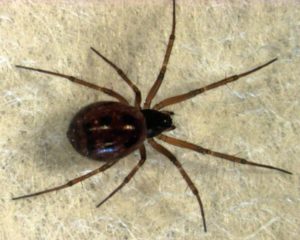
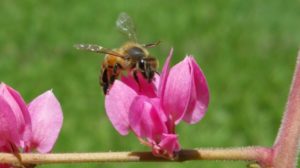
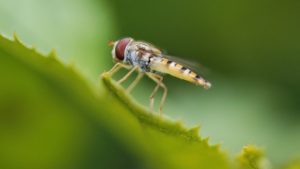
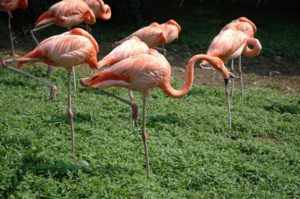
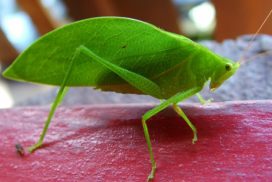
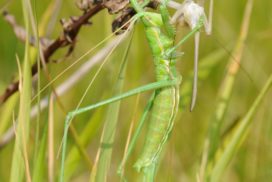
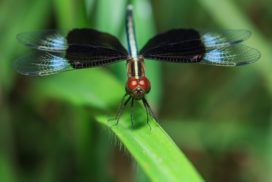
THIS IS PERFECT AND GOOD FOR MY PROJECT!!!!